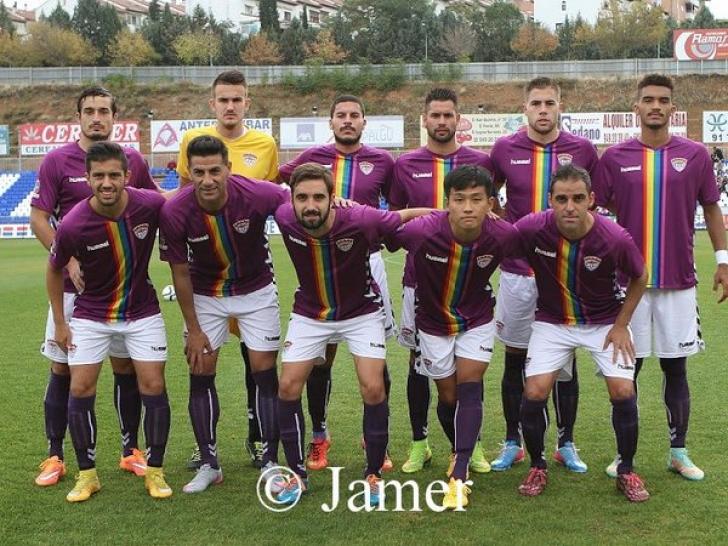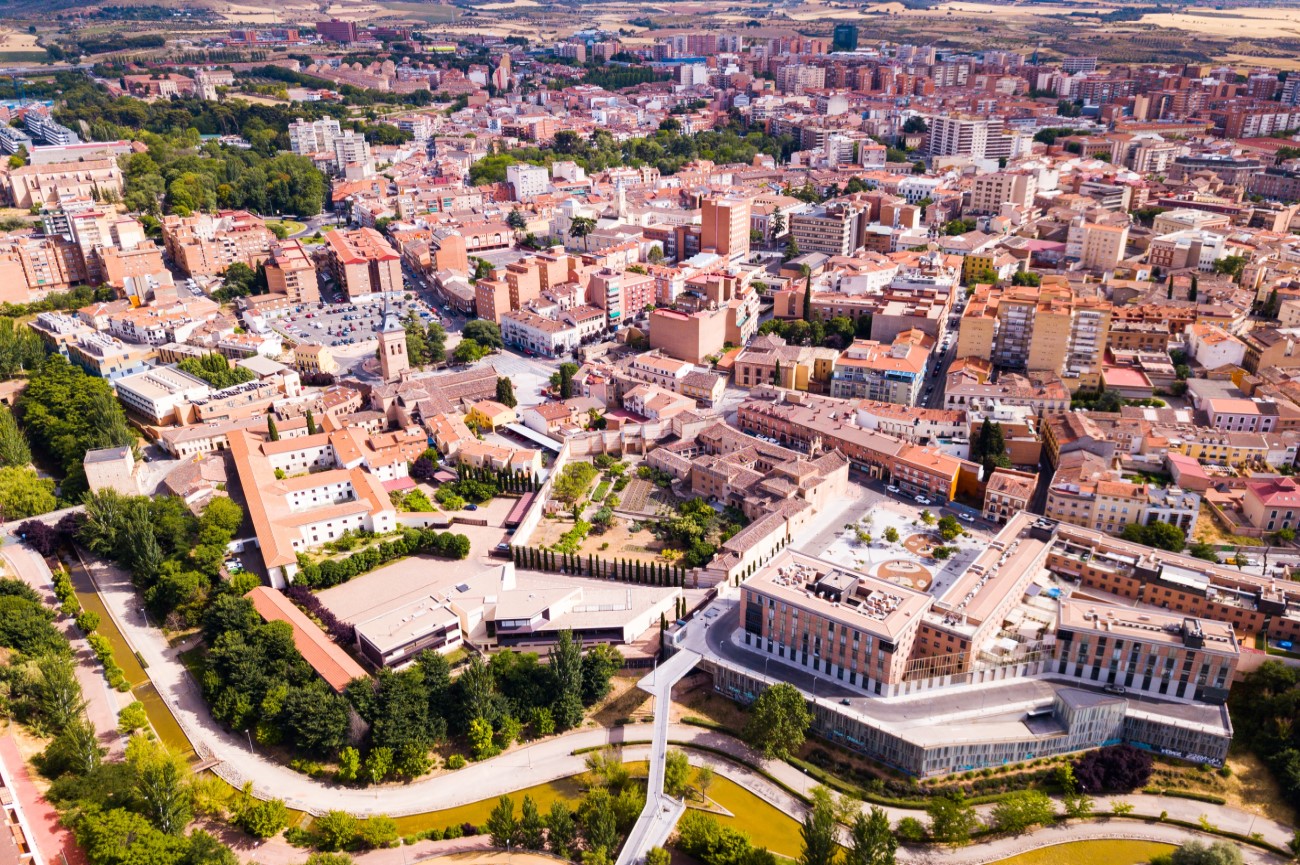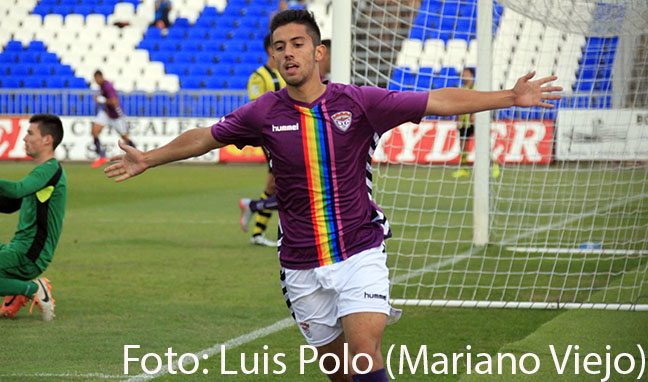Spain’s best purple team lies in Castile

Guadalajara is a big city east of Madrid, and its football team belongs to the select group of teams from Castile-La Mancha who have once reached professional football. However, the story of this club is also about hitting rock bottom, and it can be considered a miracle that the club is still alive. Welcome to…Guadalajara.

A castilian city
Guadalajara belongs to the inland autonomous community of Castile-La Mancha, of which it’s the second biggest city. However, many inhabitants are not happy with their membership of this community because they argue that the province of Guadalajara has many social, cultural, and historical differences from the other provinces of Castile-La Mancha. Still, the city remains belonging to this region, and its principal football club is inscribed in the football federation of Castile-La Mancha.

The beginnigs of Deportivo Guadalajara
Football arrived early in Guadalajara due to its proximity to Madrid, but the club that we know today was only created in 1947, becoming the city’s first stable football club: Club Deportivo Guadalajara. The team would not only be called by the last part of the full club name, Guadalajara, but also by the middle part, Deportivo. However, these are long words, and in Spain, people like to use shorter versions: Guada and Dépor, or even Dépor Guada. In short, many words are used to talk about this club.

Guadalajara debuted in the Tercera in 1951 and played here for many years consecutively. From 1965 to 1967, Deportivo was not active anymore because they had no stadium anymore, but after inaugurating the Pedro Escartín, the club resumed all activity. In the rest of the 20th century, the morados played many seasons in the Tercera but without ever reaching a higher division.

New century, new luck
In the new century, a lot would change in Guadalajara. The purple team were very close to promotion to the Segunda División B and achieved this in 2007, a historic moment in the club’s history. Against all expectations, the alcarreños performed very well in the third tier and even were very close to going up to the Segunda División in 2010.

In 2011, Dépor Guada was close to promotion to the Segunda División again. In the playoffs, Guadalajara beat Orihuela, Sevilla Atlético, and Mirandés, after which they miraculously managed to conquer a ticket in professional football in the next season. This was probably the most-celebrated moment in the club’s history.

Guadalajara would play two seasons in the Segunda, ending above the relegation zone twice. However, due to alleged financial irregularities, La Liga decided to put Guadalajara back to the Segunda B in 2013. The alcarreños would not recover from this and returned to the Tercera three years later. To summarize, Guadalajara played in the Tercera in both 2006 and 2016, but a lot of terrific and terrible moments occurred in between.

The relegation to the Tercera was a tough blow for Dépor, even though this competition used to feel like home. Only in 2022 did Guada manage to return to the Segunda Federación, in which they comfortably stayed up during the 2022-23 season. 2022 was celebrated for another reason: it was the club’s 75th anniversary, enough reason for the club to create a commemorative crest.

The future
The future of Deportivo looks quite good, especially since a vital message reached the fanbase in 2022: the club had paid off all debts, which accumulated to around €3,500,000. Moreover, the stadium will be renovated in the upcoming years, and, of course, the team has finally escaped the Tercera División again. It seems like Dépor Guada is ready for the Primera Federación, but only time will tell if the team will fulfill this dream. This was…Guadalajara.

Sources
- http://lafutbolteca.com/club-deportivo-guadalajara-s-a-d/
- https://www.deportivoguadalajara.es/historia/
- https://espanaestadios.com/2021/02/12/guadalajara-estadio-pedro-escartin/
- Borchers, L. (2021). GOLAZO. Self-published.
- Borchers, L. (2022). CARA O CRUZ. Self-published.
Leave a comment